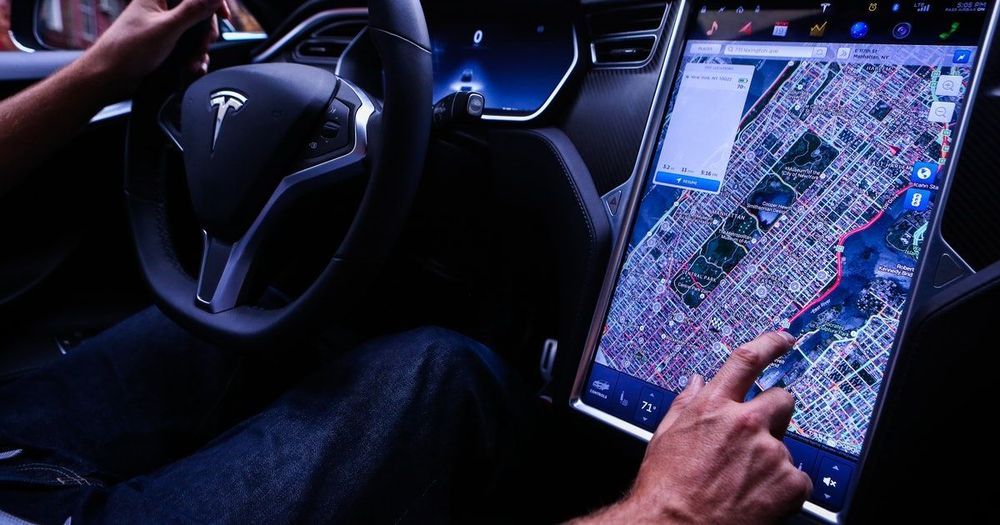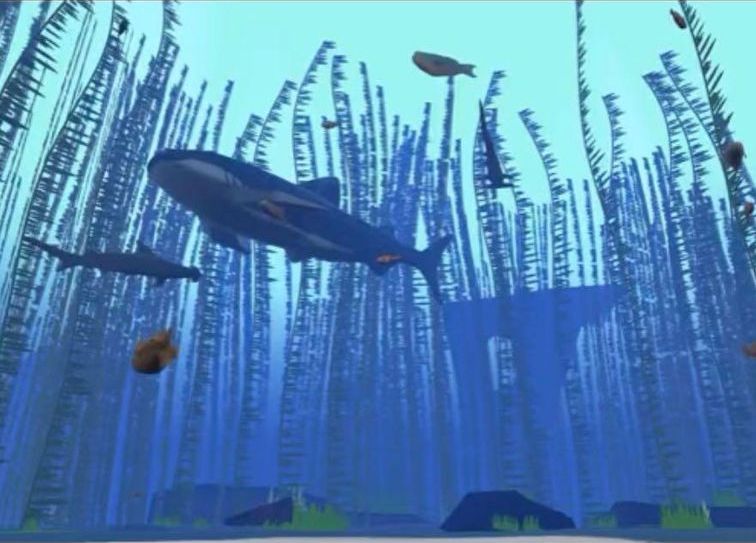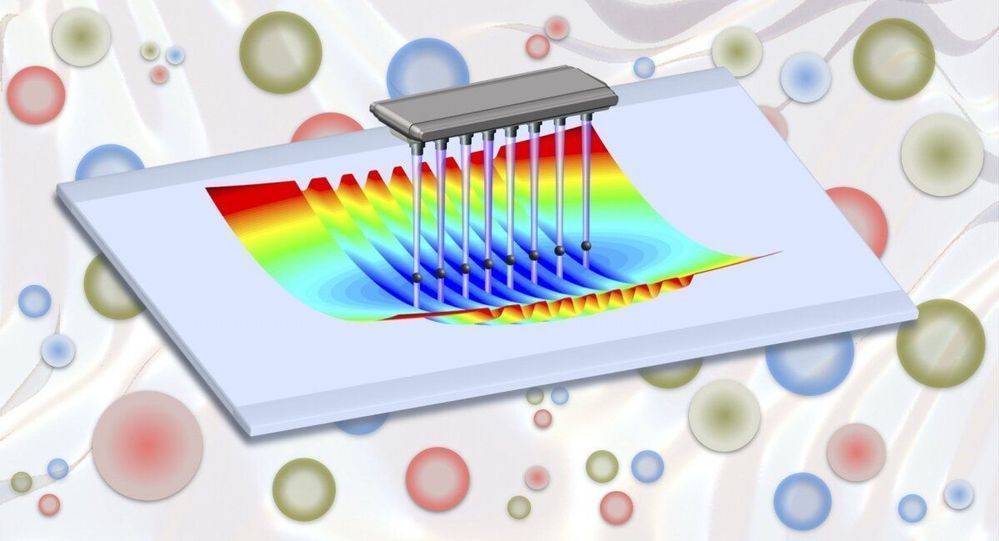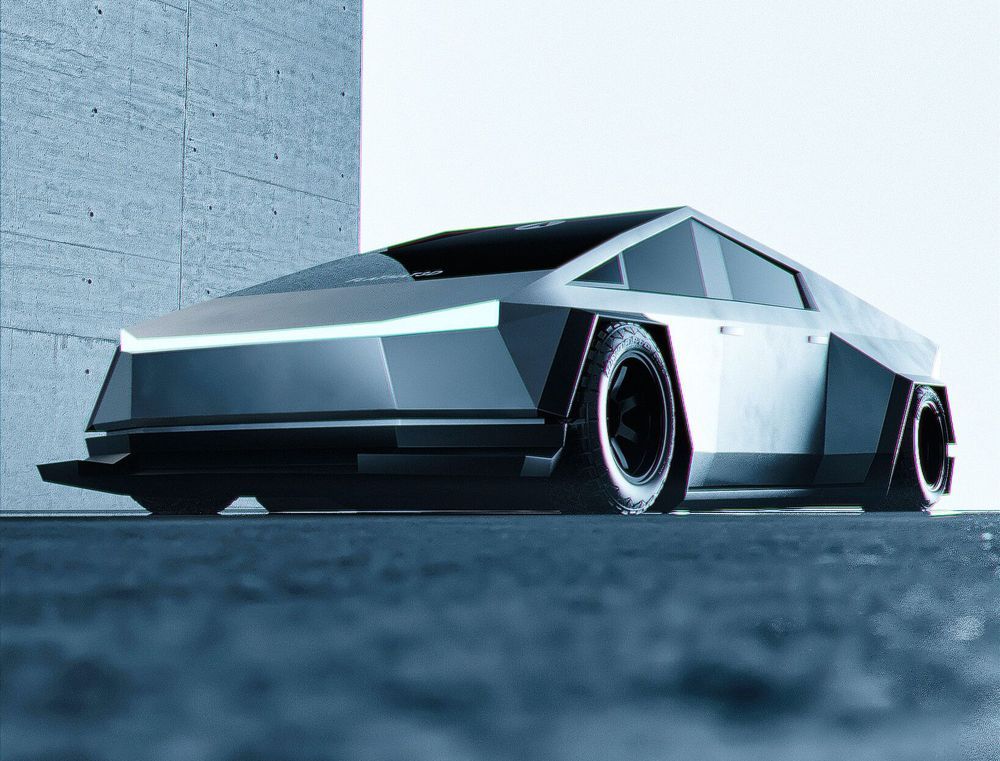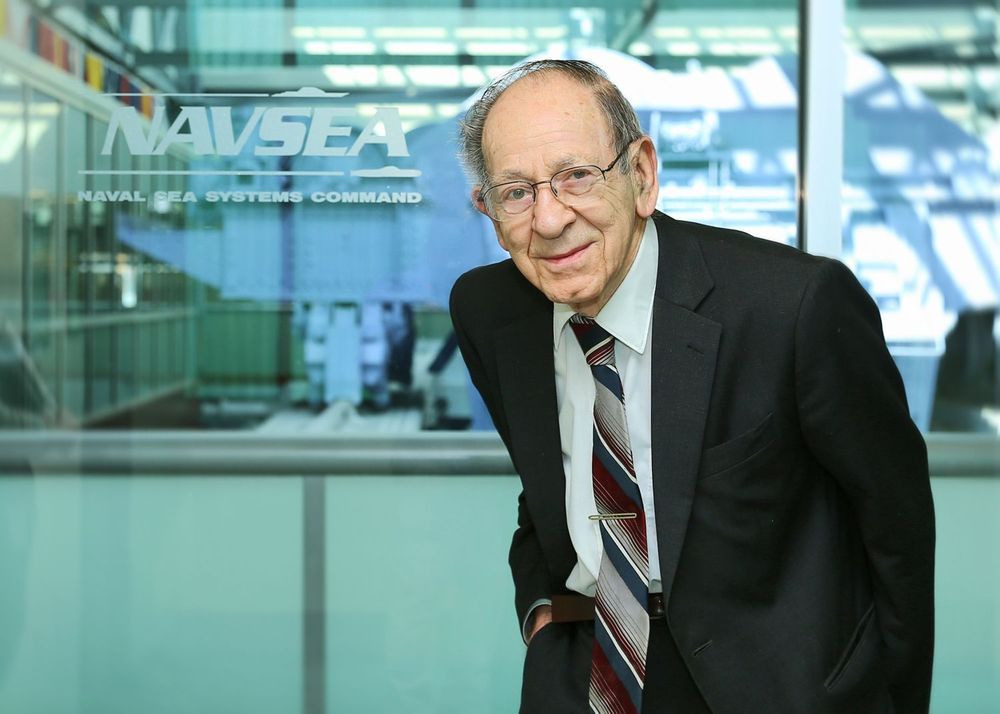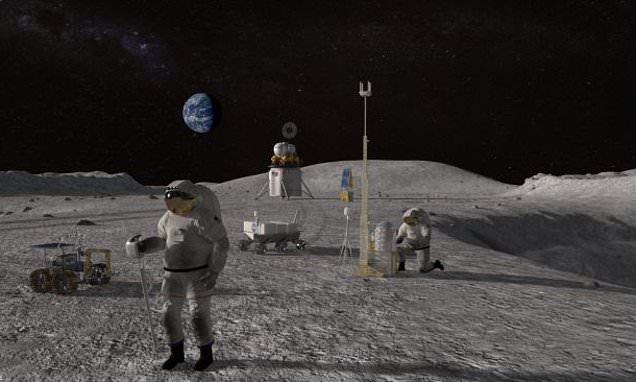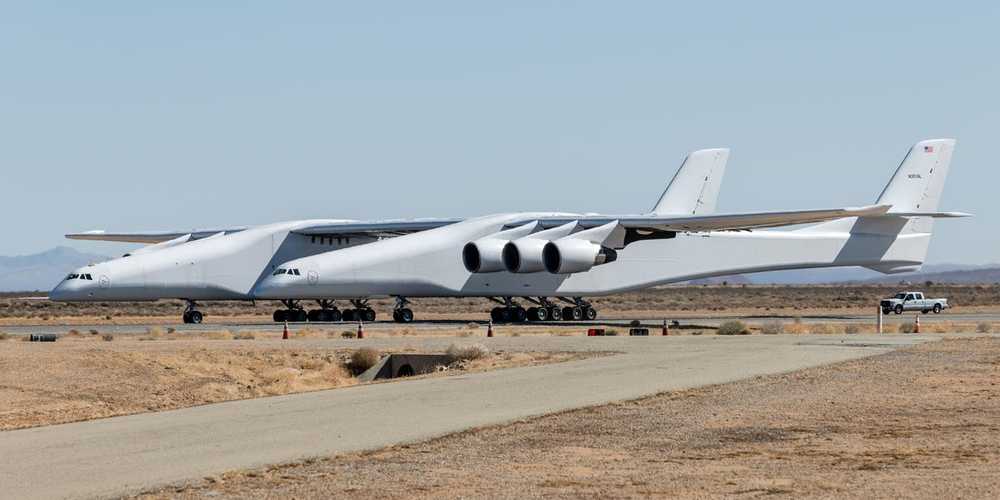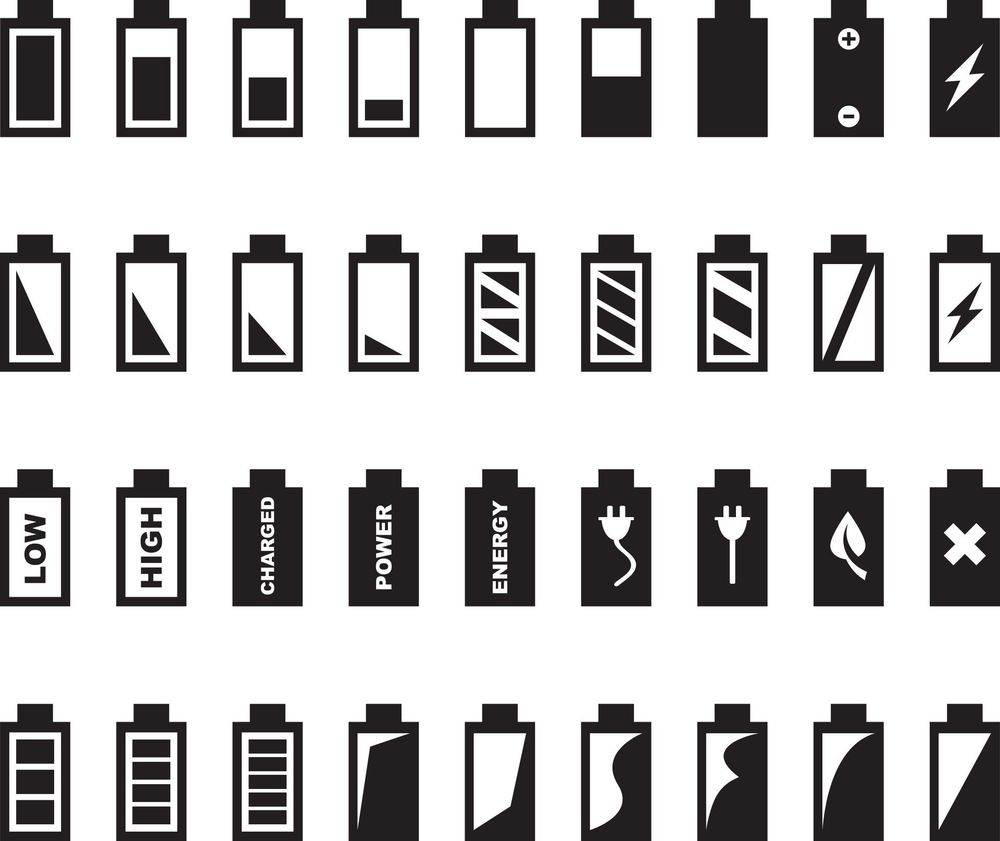The National Space Society (NSS) recognizes and supports all activities that help to enable commercial space development and settlement. Unfortunately, H.R. 5666 represents a dramatic step back from such activities.
NSS agrees with the Commercial Spaceflight Federation that the bill could incur large additional costs for NASA by eliminating commercial participation and competition in key programs. For example, the bill eliminates commercial options for lunar lander operations while inappropriately dictating to NASA a particular technical design. Additionally, the bill de-prioritizes efforts to build a base on the Moon, enable commercial lunar operations, or use ample lunar resources to dramatically lower the cost of going to Mars. Overall, the bill contains many technical specifications and requirements that are best left to NASA engineers and scientists.
We would strongly encourage the House Science, Space, and Technology Committee to reconsider this bill and build on the successful model of development programs, such as Commercial Orbital Transportation Services and Commercial Crew. We also strongly urge support for the Commercial Lunar Payload Services program based on the same model. These programs effectively harness commercial participation, save taxpayer dollars, and support the development of a sustainable space economy.

